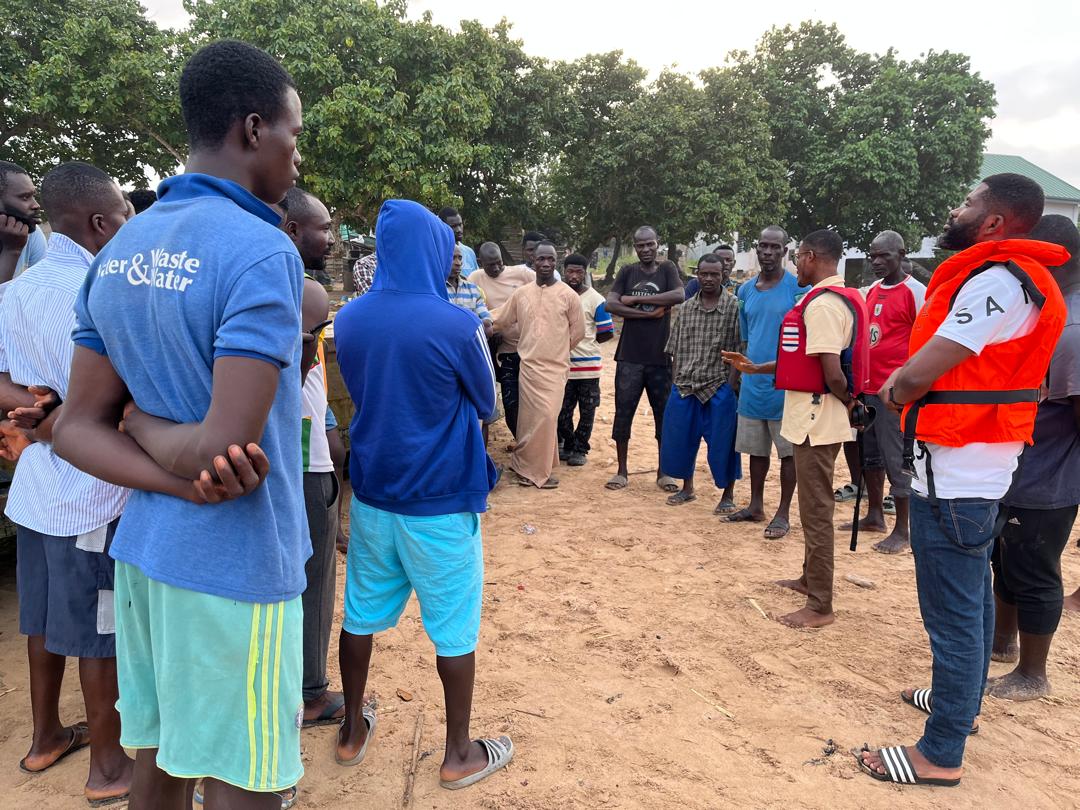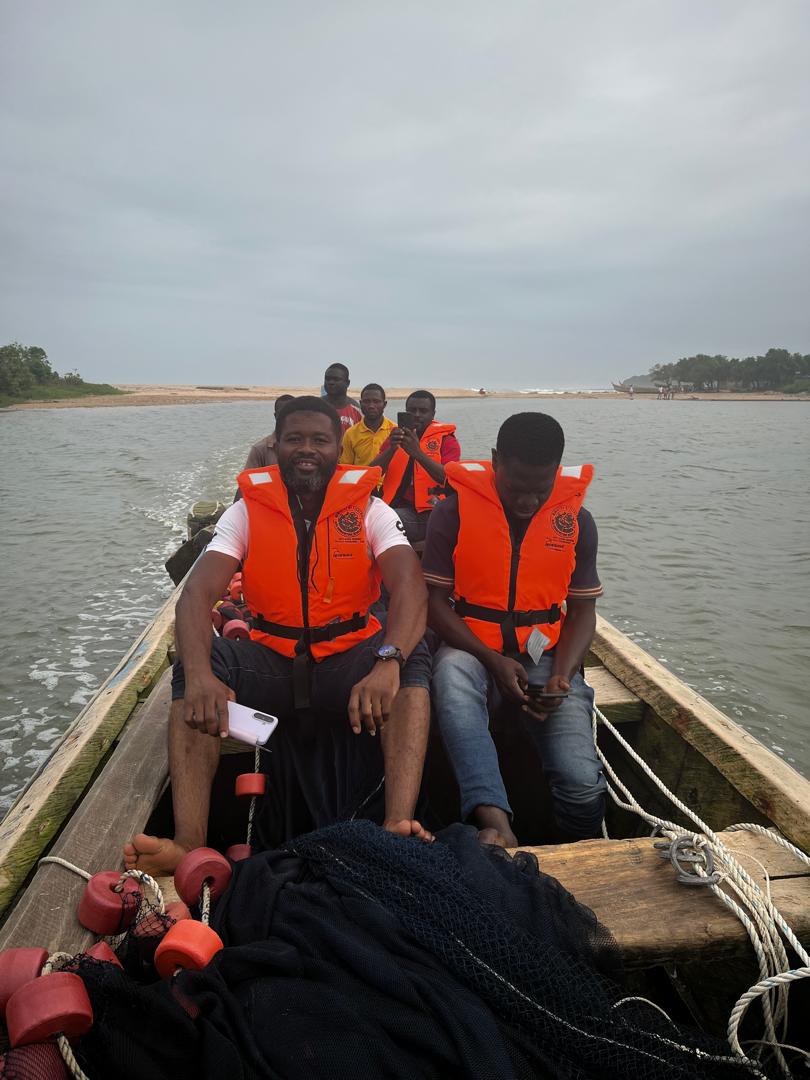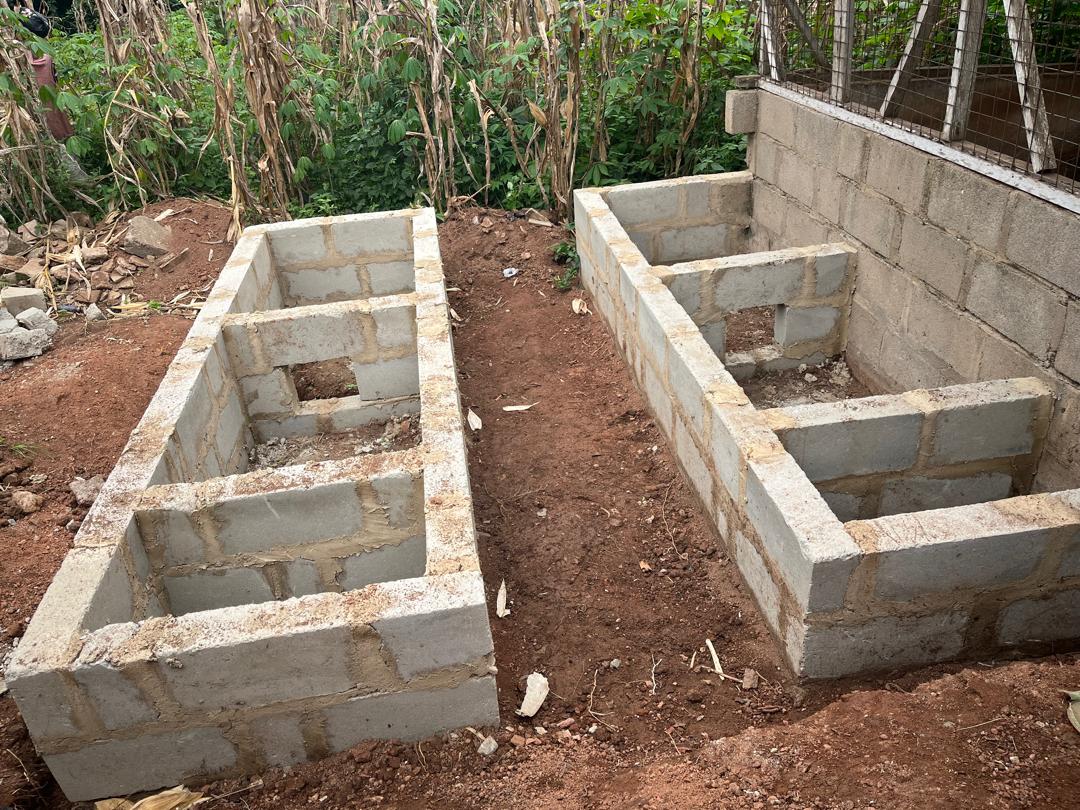Community-Driven Solutions for Guitarfish and Coastal Sustainability

Field-base training of fishers. Photo © Moro Seidu
Shark-like rays, including guitarfishes and wedgefishes, are among the most threatened marine species globally. Their populations have been severely reduced due to overfishing and habitat loss. Some species are already silently going extinct at the local level without our notice, owing to limited monitoring. Sustainable fisheries management starts with knowledge. This knowledge includes knowing where species live, breed, feed, and sometimes aggregate. At AquaLife Conservancy, we are taking a bold step to work hand-in-hand with local fishing communities to map out the most important areas for shark-like rays along Ghana’s coast. This season, 30 artisanal fishers from five communities are being trained to identify, document, and map key marine areas, which include nursery sites, aggregation sites, key fishing grounds and fishers’ fishing trajectories for guitarfish and other sympatric species. Fishers were introduced to geospatial tools to collect georeferenced data from their fishing trips and help translate fishing knowledge into visual graphics that can inform policy and management decisions. Fishers were given tools such as a Garmin GPS and a simple technological GPS tracking device to map these areas. This initiative goes beyond data collection. It has bridged traditional ecological knowledge with modern mapping technology. Fishers, who have spent decades observing the sea, will now have the opportunity to transform their experience into scientific evidence. The resulting maps will be shared with communities, researchers, and policymakers to support locally managed marine areas and conservation planning.

Mapping with fishers. Photo © Moro Seidu | AquaLife Conservancy

Training of fishers on spatial data. Photo Moro Seidu | AquaLife Conservancy
Further, we believe that protecting the ocean goes hand in hand with securing the livelihoods of the people who depend on it. Across Ghana’s coast, fishing remains the backbone of many households. Yet, dwindling fish stocks and increasing pressure on marine resources have made it harder for families to sustain themselves. These fishers invariably switch gears to target this megafauna, including sharks and rays. To address this, we are introducing alternative livelihood opportunities that reduce dependence on overfished species while ensuring economic resilience for coastal communities. We have trained and are equipping an estimated 45 fishers and canoe owners across five communities to adopt snail rearing (Heliculture) as primary livelihood alternative. Snails are a nutritious, high-demand delicacy in Ghana, providing both food security and income. Participants will learn how to set up snail pens, feed and care for snails, and manage them sustainably for commercial purposes. With rising demand for affordable and locally produced soap, this skill provides a reliable income stream. A total of 20 fish traders (women) will also be trained in producing high-quality soaps from locally available ingredients, learning both the science and business side of production.

Snail pens at Aniahunu community. Photo Moro Seidu | AquaLife Conservancy

Snail rearing for fishers at Adjoa. Photo © Moro Seidu | AquaLife Conservancy
A key challenge in alternative livelihood projects is the lack of resources to begin. That’s why AquaLife Conservancy is not stopping at training. With the support from the Save Our Seas Foundation, we are also providing startup inputs and resources, such as snail stock and housing materials, basic tools and ingredients for soap production and business development support to help participants access markets and manage finances. By investing in these 55 participants, we are planting seeds of resilient enterprises that will ripple across entire communities. Fishers and traders who once relied solely on the sea will now have the option to generate a steady income on land. This not only eases pressure on vulnerable marine species like sharks and rays but also creates economic security for families.
